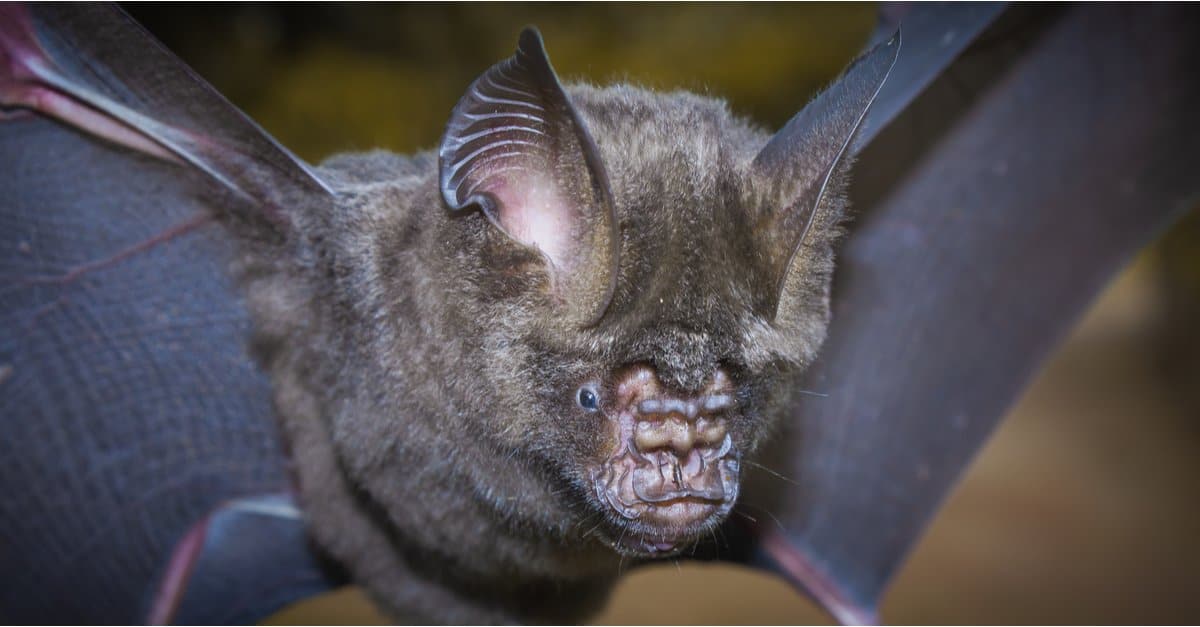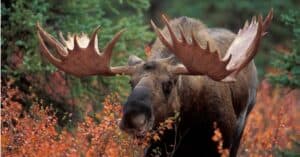The new research was released on January 1, 2022 that had a shocking conclusion: animals are shape-shifting in response to climate change. The research comes from scientists at Deakin University in Australia and traces how 30 species have responded to rising climate temperatures.
Let’s dive into what “shape shifting” means and 3 animals that are changing in response to global warming.
Climate Change is Having Big Impacts on Animals
The research from Deakin University studied how animals are coping with increased temperatures. In warm blooded species — such as mammals and birds — certain body parts are growing larger to better control body temperatures. Researchers studied growth in body parts such as beaks, ears, and legs to determine whether species were changing with rises in global temperatures.
The conclusion: body parts such as beaks and mammalian ears are growing in response to climate change. One note, this doesn’t mean that animals are getting larger in total, but instead are growing parts of their body that can dissipate heat at an outsize rate.
Let’s dive into three animals the study singled out as rapidly evolving – or “shape shifting” – to respond to changes in global temperatures.
Australian Parrots
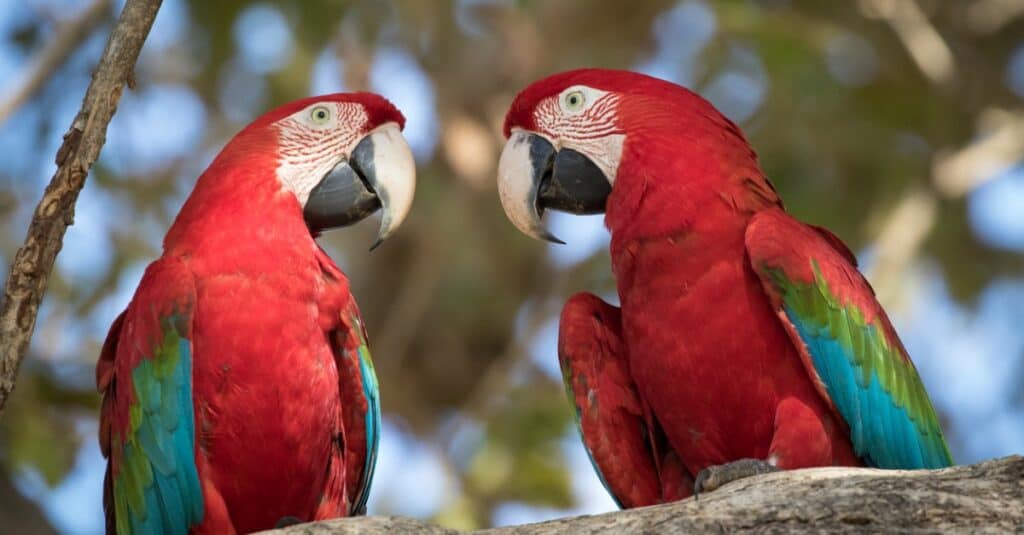
Parrots have seen bill surface area increase by 4 to 10% since the 19th century
©iStock.com/Pedro Ferreira do Amaral
Some of the largest “shape shifting” from animals was found in Australian parrots, which have seen their bill surface area grow by up to 10% since the 19th century. Researchers noted:
Among these, Australian parrots have shown, on average, a 4%–10% increase in bill surface area since 1871, which was positively predicted by the average summer temperature in the years preceding the collection date
– Trends in Ecology & Evolution Research
Parrots are especially noteworthy because they don’t just live in climates susceptible to extreme temperature swings, but in equatorial regions with climates that see relatively stable temperatures throughout the year.
Dark-Eyed Junco
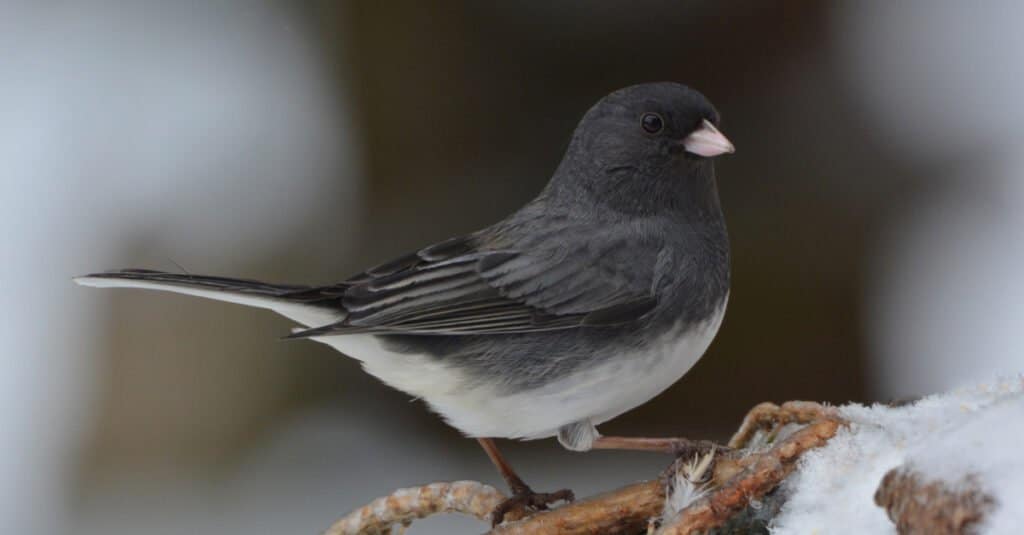
Dark-eyed juncos live across North America
©C. Hamilton/Shutterstock.com
In addition to parrots, researchers noted that the dark-eyed junco “[S]hows an association between increased bill size and short-term relative temperature extremes in typically cold environments.”
Their conclusion? Extreme whether events are causing changes to the body of dark-eyed juncos.
Great Roundleaf Bat
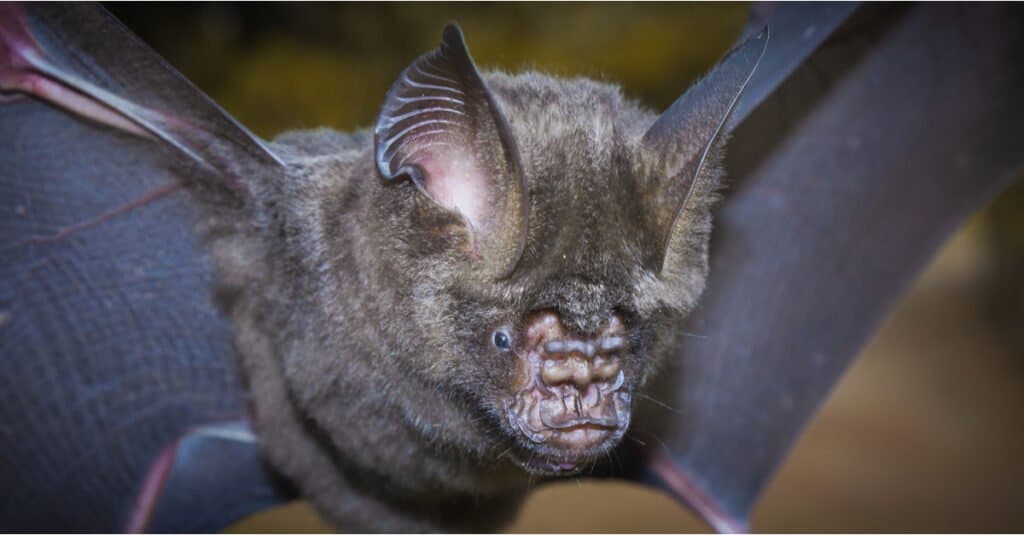
Great roundleaf bats saw an increase to their wing size
©Binturong-tonoscarpe/Shutterstock.com
Finally, the study showed that species such as bats and shrews were seeing morphological changes from climate change. The species saw relative increases in their wings, ears, tails, and legs.
Overall, researchers controlled for the impacts of factors that could be impacting the growth of certain body parts and found that climate change was responsible for at least half of the growth across species studied.
“Siepielski et al. showed that both maximum and mean temperatures explained almost half of the overall variation in morphology within studies, regardless of whether the trait increased or decreased in size. Siepielski et al. emphasized the importance of climatic fluctuations in the strength, direction, and form of selection seen in wild populations, but they also emphasized that the direction of selection changes frequently.”
– Trends in Ecology & Evolution Research
Donkeys are a prime example of an animals that has adapted to a desert climate. Their large ears have an extensive network of blood vessels that help them to dispel body heat when needed. These other species are adopting similar heat-dissipating tactics.
The bottom line? While species are rapidly changing, there’s no telling whether they’ll be able to evolve rapidly enough to keep up with climate changes. This will certainly be an area with significant scientific research in the years ahead!
Up Next…
- Here’s Exactly How Climate Change Impacts Animals The climate crisis is a threat to all living things. Find out how it is impacting animals here.
- News: Climate Change Setting Traps For Migratory Species Migratory animals are a key component of a healthy ecosystem. Climate change is a threat to that. Learn more in this article.
- Must See: Yellowstone National Park’s Devastating Flooding The devastating flooding in Yellowstone was caused by climate change. Click here to see the damage.
Thank you for reading! Have some feedback for us? Contact the AZ Animals editorial team.

